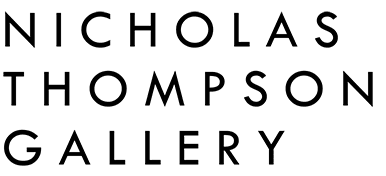SUZANNE ARCHER IN ‘THE WEEKEND AUSTRALIAN’ PUBLIC WORKS BY BRONWYN WATSON
In 1965, British-born Suzanne Archer, aged 19 and just out of art school, migrated to Australia. Four years later she had her first solo show at Sydney’s Clune Gallery accompanied by a media blitz from newspapers, radio and television. “(The show) was a hit and I think partially some of the interest might have been because I was a woman ironically,” Archer has said. As part of the media’s coverage, she recalls being told by a female photographer to sit on a chair, pull her skirt up, and cross her legs. “Certainly, the photographs and the advertising for the show showed I was a young woman, which is quite funny. They were very glam.” Aside from the media coverage, the exhibition was critically well received and was followed soon after by exhibitions at Pinckney Gallery in London and Watters Gallery in Sydney. Since that time, Archer has established a career across a range of mediums such as painting, drawing, assemblage and sculpture. She has been the recipient of prestigious awards such as the Wynne Prize and the Dobell Prize. One of her mixed media on canvas works is also a recent acquisition for the Mornington Peninsula Regional Gallery in Victoria and is currently on show in an exhibition, Incoming: Recent Acquisitions. The gallery’s collections curator Narelle Russo says that Six, from 1980, is a representative early work. Putting the work into context, Russo explains that in 1978, Archer was awarded an Australia Council residency at Greene Street Studio in New York and the Power Studio in Paris. “This provided Archer with opportunities to immerse herself in the international art scene,” Russo says. “She was particularly drawn to work by artists such as Alberto Burri, Robert Rauschenberg, and Cy Twombly, continuing to explore process art, the use of ready-mades, abstraction and expressionism throughout her career. In Six, the expressive mark-making and the use of found materials reflects these international influences but also cements her own path.” Archer has established an impressive and uncompromising artistic career, Russo says. “I am always drawn to collage and mixed media compositions, and I love the spontaneity and energy of Six,” she says. “The collaged cut-outs are capital letters from newspaper posters (cheap art supplies collected by Archer before they were thrown out), painted over, and the ‘6’ is what you would put on your letterbox or front door, giving the work a subtle humour. The splashes of paint and the spaces between do suggest a landscape, perhaps a map or an aerial view, and like a cryptogram, the letters and the number keep me wondering about other meanings.”
